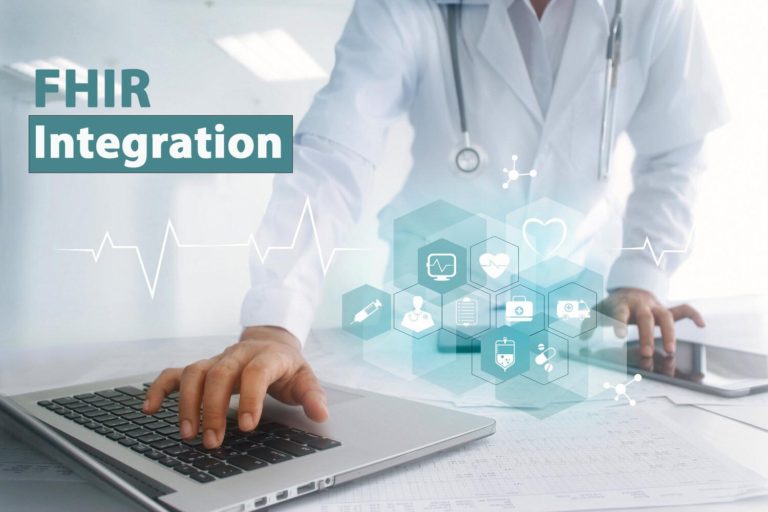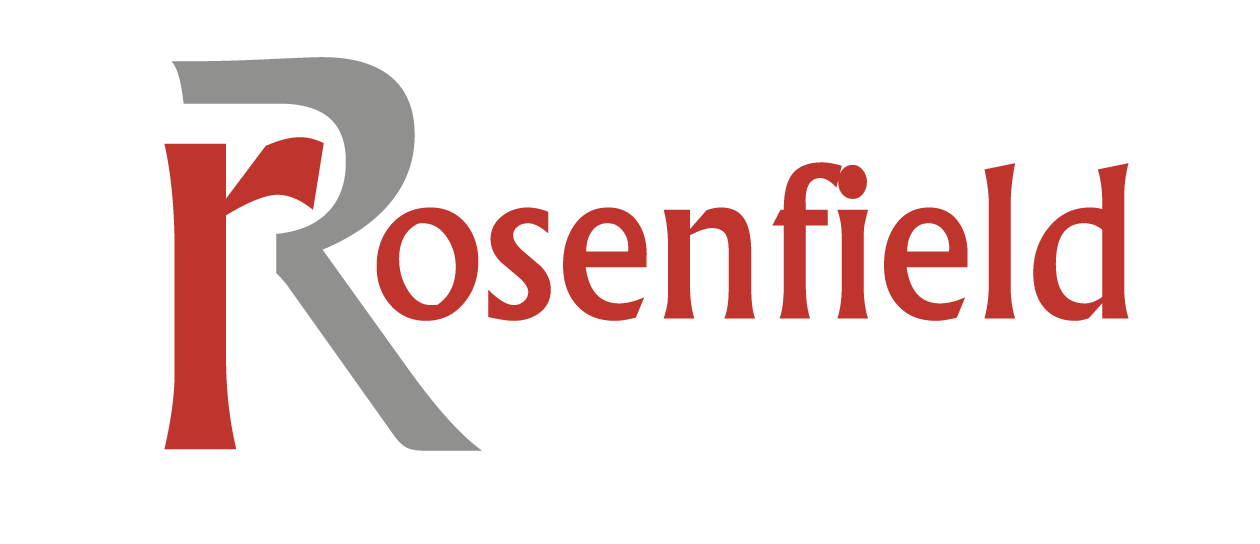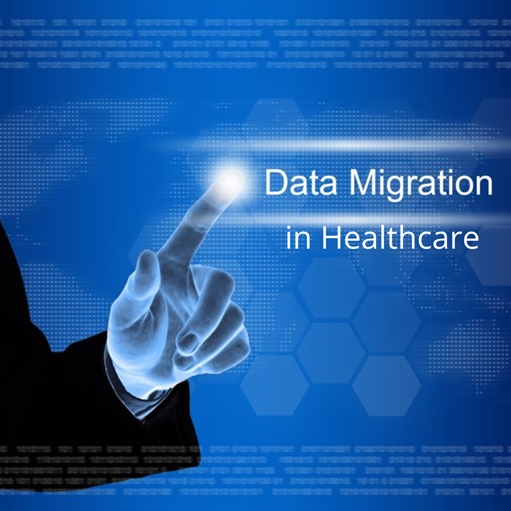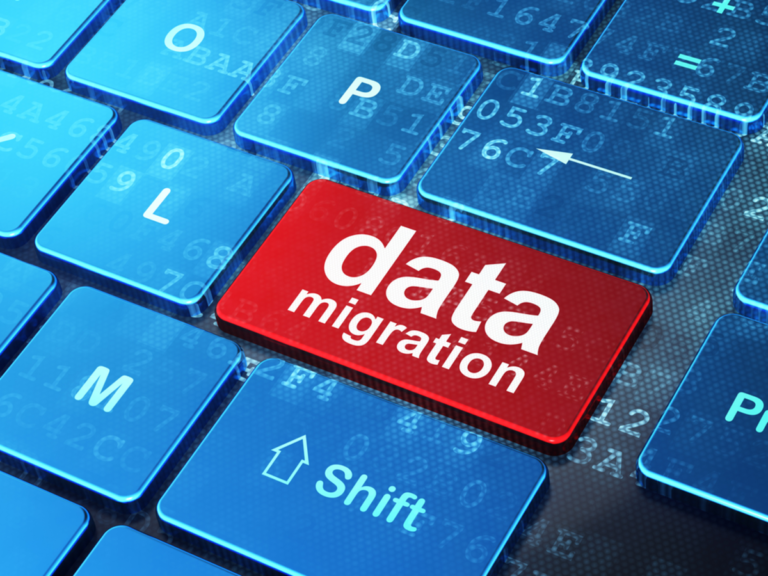Blog

FHIR Next Generation Communication Standards in Healthcare
Interoperability is the highest-trending topic in healthcare IT today
Fast Healthcare Interoperability Resources, or FHIR, is a long-awaited interoperability rule that will enable seamless, on-demand information exchange of clinical records among providers and data systems and will result in coordinated, cost-efficient care.
With the COVID-19 outbreak, healthcare data interoperability has become an increasingly pressing concern for healthcare organizations. Healthcare experts have long proposed that easy sharing of clinical records among providers and data systems would result in coordinated, cost-efficient care. Patient rights advocates have also encouraged secure data sharing to improve patients’ and their providers’ access to critical patient information. As a result, there’s a great deal of attention towards the data standards that will enable seamless, on-demand information exchange, such as FHIR, or Fast Healthcare Interoperability Resource.
FHIR is one of the most popular protocols for connecting disparate data systems and sharing data in a secure manner. Since the interoperability rule released by the Office of National Coordinator of Health IT (ONC) and Centers for Medicare and Medicaid Services (CMS) states the adoption of FHIR Release 4 for API-based data exchange, it’s important to get answers to certain important questions.
Why Was FHIR Created?
FHIR is better than current standards because:
- Faster, easier implementation and interoperability
- Free, unrestricted use
- Human and machine-readable data formats in the same resources
- Supports RESTful architecture
- Emphasis on web technologies
What FHIR Means for Healthcare IT Monitoring?
Using popular, well documented web standards to exchange healthcare data will lower the barrier-to-entry for healthcare providers that want to find new ways to monitor and derive insights from that clinical and patient data. If you are interested in improving patient care and satisfaction through technology, you should take a good look at FHIR. From the looks of things, FHIR promises an easier way to develop greater interoperability and mechanisms for data sharing in healthcare. The current inability for electronic systems to speak the same language to one another and to efficiently and correctly transmit information to be interoperable is among the most pressing issues facing health care stakeholders today.
What is FHIR 4 and how can it help health IT interoperability?
FHIR surfaced in healthcare almost five years ago as a Draft Standard for Technical Use (DTSU) that leveraged existing, well-established, web-based standard concepts altered to fit clinical data exchange. The modern interoperability standard is an essential component of health information exchange in modern health IT and in early 2019, had the 4th release, or R4.
FHIR 4 builds upon the legacy of DTSU2 and v3, and like previous versions, this version lets data travel in discrete pieces. Along with RESTful application programming interfaces (API), the version also includes additional stability for several of the standard’s elements, which will result in fewer challenges in leveraging it.
FHIR 4 is a balloted and passed standard that would be a normative standard, which means the specification is considered ready for use and stable, and further FHIR versions will be required to be backward compatible with the R4 components. This would make building apps off this version easier to be supported for the foreseeable future.
References:
https://datascience.nih.gov/foa/fast-healthcare-interoperability-resources-fhir-standard
https://www.managedhealthcareexecutive.com/view/fhir-interoperability-what-it-and-why-should-we-care
Recent Posts
Archives
- December 2024
- November 2024
- October 2024
- September 2024
- August 2024
- April 2024
- February 2024
- January 2024
- April 2022
- November 2021
- August 2021
- May 2021
- April 2021
- March 2021
- February 2021
- December 2020
- November 2020
- October 2020
- July 2020
- April 2020
- December 2019
- October 2019
- August 2019
- July 2019
- June 2019
- April 2019





